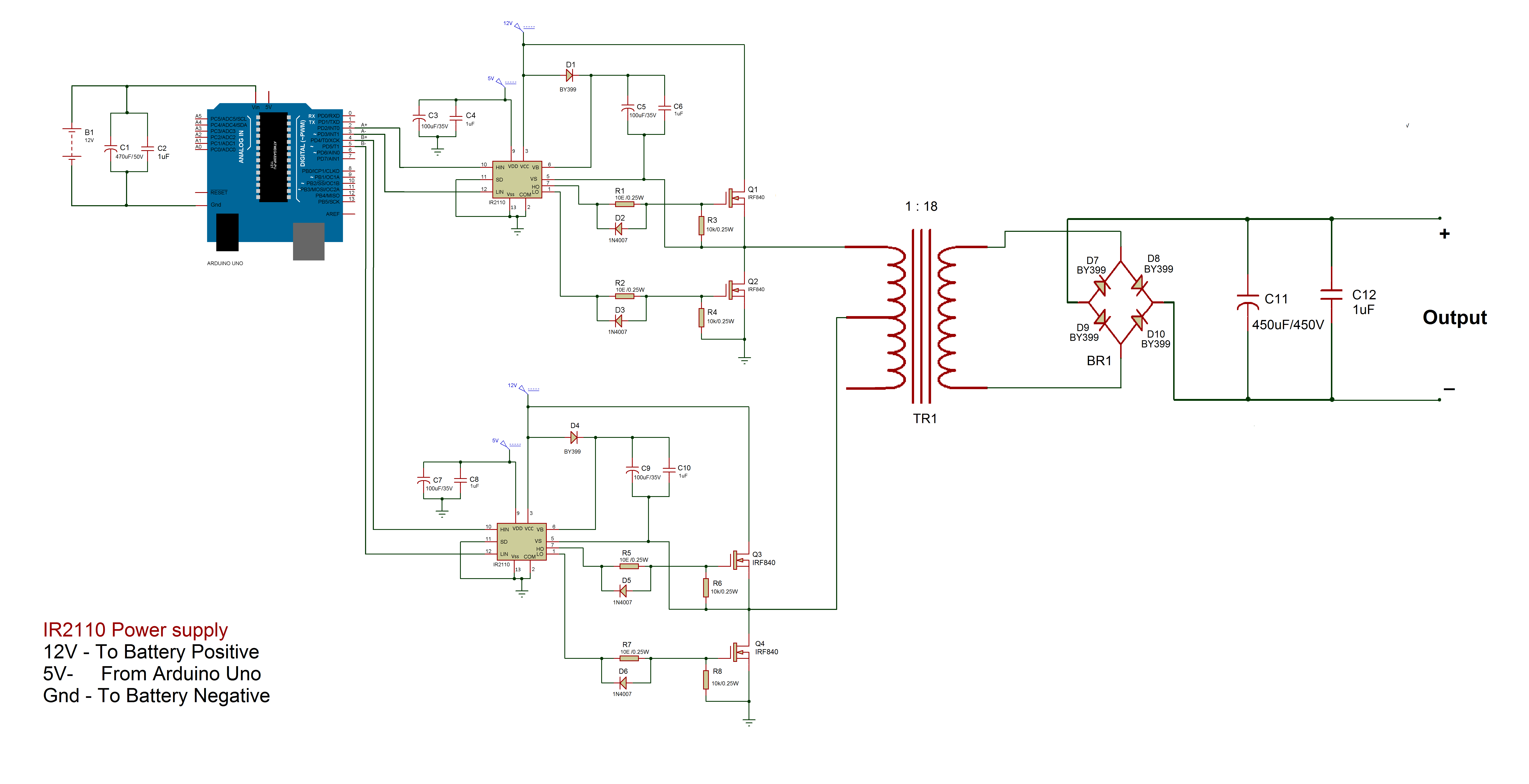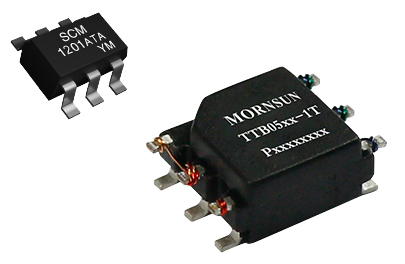
Each part is evaluated separately and each one has to be passed in order to pass the complete subject. This subject is divided in two different parts: a theoretical and a practical part. This assembly and its technical report must be defended before the teacher.įor the student´s better performance he/she has the possibility of personalized consultations on the subject, at a contents level, or on any other related matter (studying methods, planning, practical designs, problems correction ) Once this is studied, and with a clear idea of the final design, the last sessions are for the practical assembly. The following sessions are for the student to simulate all the suggested assemblies with the computer and the adequate software. In the first sessions the teacher goes through the theoretical contents necessary to do the practices, and the assemblies which need to be done. Students do the practices in pairs.Įach one of the practices consists of various sessions.

These lessons are attended and are always done with the teacher, for any advice they may need. In order to do the practical classes in the Electronics laboratory, students are divided into smaller groups with a teacher for each group. Practical lessons have the intention of giving practical examples of that explained in the theoretical classes. Some problems are also posed in class for students to resolve them in situ and actively participate in class. In each theory block, problems are posed for the students to resolve at home and hand in to the teacher in order to do a continuous evaluation. Theory lessons basically consist of theoretical explanations of the subject´s contents and solving problems related to these contents. The methodology used in this subject separates lessons in two kinds: theoretical and practical.

Parallel or flash A/D converter circuits. Segmented converters and self-correcting circuits.ĩ.6. Operational Amplifier Linear Applicationsħ Operational Amplifier Non-linear Applicationsĩ.2. Gain and Impedance of feedback AmplifiersĦěasic Operational Amplifier CharacteristicsĦ.2.

Amplifier Concepts and Hybrid Parametersģ.2.


 0 kommentar(er)
0 kommentar(er)
